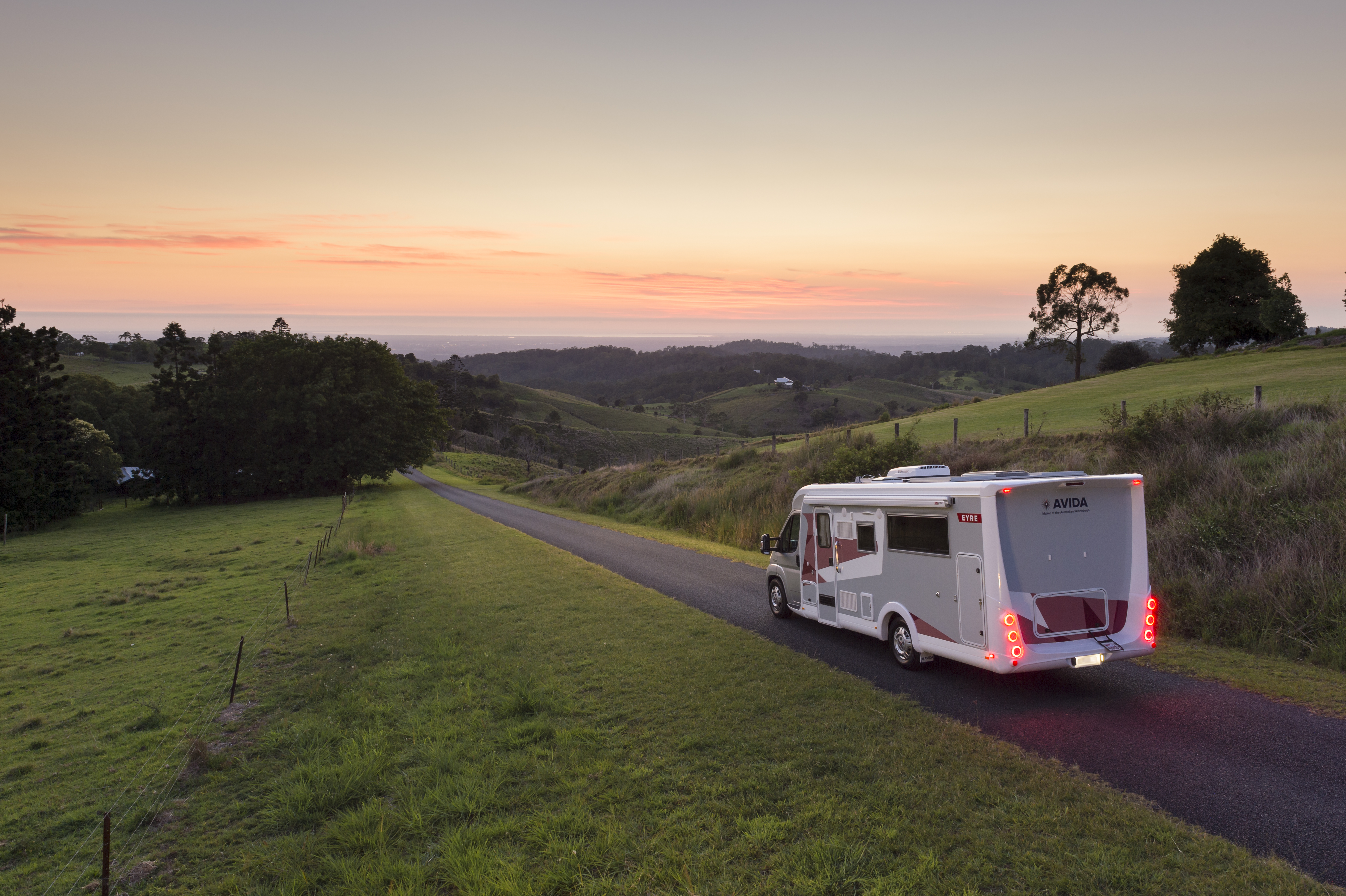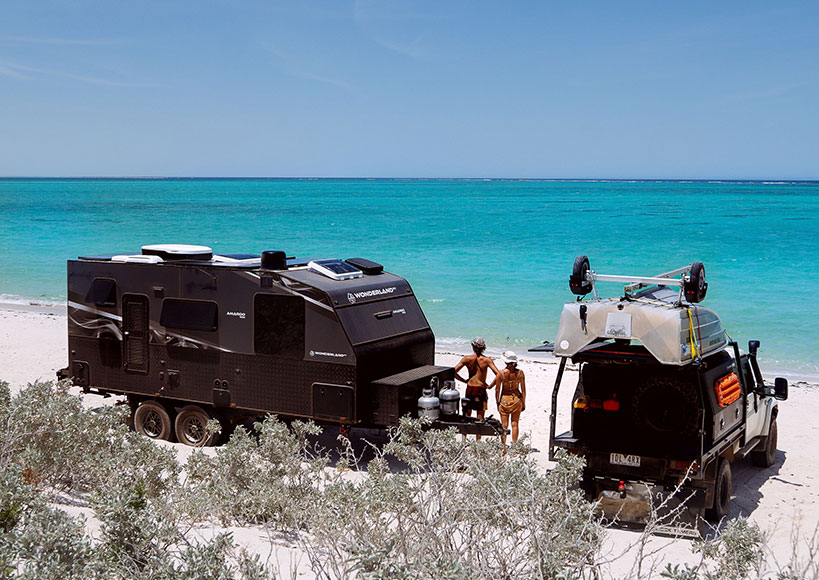A ‘lights-out’ sign from your caravan isn’t the best thing to happen while you’re on the road. Not only are properly functioning trailer lights and indicators a legal requirement in Australia, they’re also important in the interest of road safety, both for you and your fellow motorists. Besides, replacing the lights on your caravan or trailer is actually quite simple. Barring the odd chance that your trailer’s entire wiring is busted for some reason, or has developed a fault that can’t be diagnosed, a light replacement exercise can be easily carried out even by someone who hasn’t done it before.
Types of Lights
Before you replace or upgrade your caravan or trailer lights, it’s helpful to understand the different types available. Each light serves a specific function, and knowing which is which ensures you stay both legal and safe on the road.
-
Tail Lights: These are located at the rear and light up whenever your vehicle’s headlights are on. They let other drivers see your caravan in low-light conditions.
-
Brake Lights: Also at the rear, these lights illuminate when you press the brake pedal, warning other motorists that you're slowing down or stopping.
-
Indicator Lights: Also known as turn signals or blinkers, these flash when you’re making a turn or changing lanes.
-
Reverse Lights: These white lights come on when you shift into reverse, alerting others that you’re backing up.
-
Side Marker Lights: Usually amber or red, these help increase the visibility of your caravan’s length—especially useful at night or in poor weather.
-
Number Plate Lights: These illuminate your number plate to ensure it remains visible and readable, as required by law.
-
Interior Caravan Lights: While not related to towing safety, these include ceiling and reading lights inside your caravan. These are typically 12V and can be upgraded to LED for better efficiency and brightness.
LED replacements are a popular upgrade for many of these lights due to their low power consumption, long life, and improved brightness. When choosing replacements, always check that they’re ADR-compliant and suitable for your caravan’s setup.
Equipment Needed
Replacement caravan exterior and interior lights are usually sold as 12V kits that contain a pair of lights. Besides this light kit, you’ll need some basic mechanical tools (screw drivers, pliers, and so on), wire strippers, and a heat shrink tube to seal the joinery (or an electrical tape if that’s not available).
Steps Involved
The first step involves removing the old or broken lights from the body of your caravan or trailer. Unscrew them, and cut or disconnect their connecting wires.
Now use the wire strippers to remove the first couple of centimetres of insulation from the wires. Make sure that you thoroughly check the existing wiring first, and replace it if it seems faulty or corroded.
Connect the caravan to your tow car, and proceed to install the new lights. The first step involves mounting the new light fixtures in place of the old ones. If you’ve bought the kind that comes with a clear plastic surface on one side, mount each light such that this section faces the license plate. Bolt or screw the fixtures in place.
We’re now at the final step – connecting the wiring for your new trailer lights. If you’re using a heat seal tube for sealing purposes, slide a section over each existing wire first. Else, just proceed to match the new wires to existing wires of the same colour, and twist them together firmly. Correct colour matching is absolutely essential. If something doesn’t match, get an auto electrician to look at the connection and advise you on what to do next.
Tighten the housing to the body of the caravan or trailer, making sure that the earth connection is secure. Be careful when you do this; you want to be firm without breaking the housing.
Test Before You Hit The Road
Once your new trailer or caravan lights are installed and wired in place, it is absolutely essential to test them before hitting the road. To do this, connect the electrical lead of your caravan to the corresponding socket on your tow car. Now power on the indicators, brake lights, side lights and reverse lights, one at a time, to check that they’re all working (you’ll need someone to help you at this stage).
If everything looks good, seal the new wiring connections by sliding the heat seal tubes above them and applying heat to get them to work. If you’re not using a heat seal, now would be the time to cover the connection with electrical tape.
And that’s it! Basically, if you’ve ever changed a couple of lights at home, you’ll see that replacing the lights on your caravan or trailer is pretty much the same thing. However, in case of any doubt about what goes where, or why something doesn’t seem to be working even after a seemingly successful replacement, consult an auto-electrician right away.
DISCLAIMER* Please note, this advice is general in nature and we strongly recommend consulting the product manual and where relevant, a professional installer.








